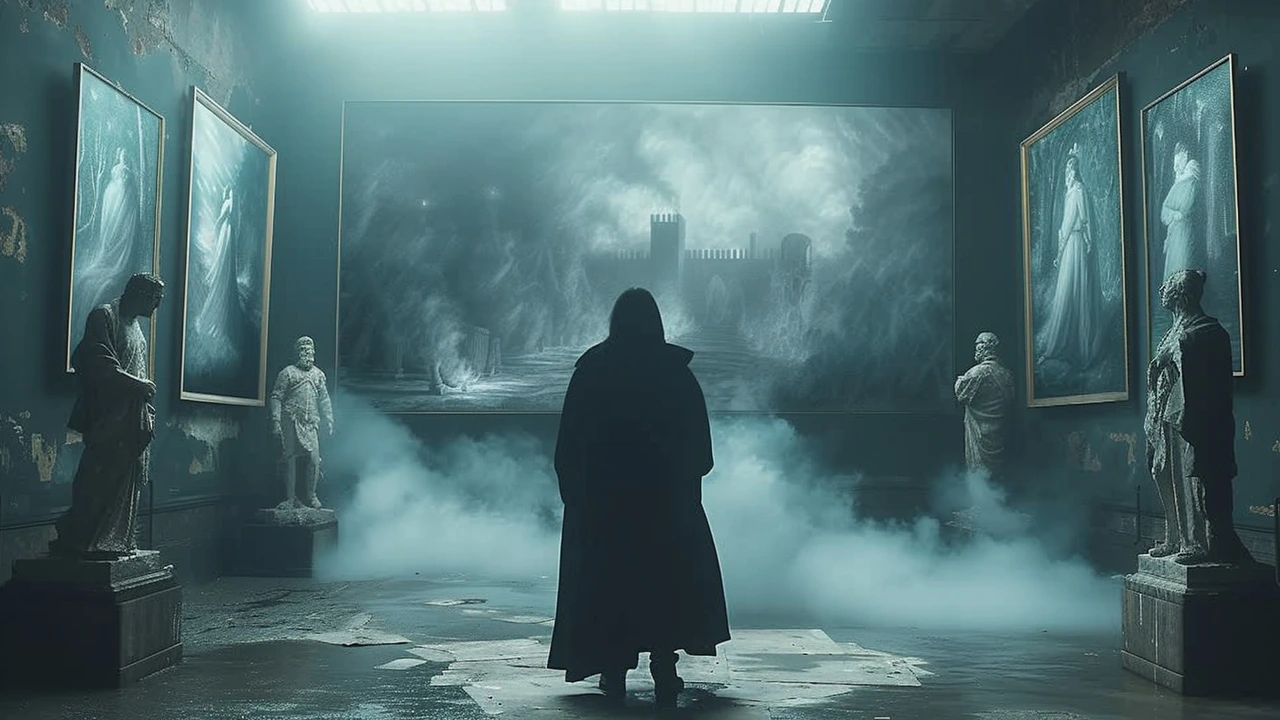Cultural tourism: Art, history and places worth visiting
Want travel that teaches and surprises? Cultural tourism is about visiting places where art, history and local life meet. You see museums, monuments, festivals and neighborhoods that tell a story. Instead of just ticking sights off a list, you learn how people lived, made art, and changed ideas. That makes trips richer and more memorable.
Plan smart
Start by picking a theme—architecture, modern art, music, or a specific era. Focus helps you spend time where it matters. Check museum schedules, temporary shows and restoration closures. Book guided tours for complex sites; local guides point out details you’d miss. Leave buffer time to wander; two hours in a small gallery can be more useful than a rushed afternoon.
Where to go right now
Big cities have deep choices: Berlin and Dessau for Bauhaus, New York and Harlem for the Harlem Renaissance, Tokyo for ukiyo-e and contemporary design. If you like outdoor art, look for land art parks and public installations—those change how you see a city. Smaller towns often keep traditions alive: regional crafts, baroque churches, and local festivals show culture in action.
How to experience art on the ground—arrive early to avoid crowds, read a short guide before you go, and pick three pieces or spots to focus on. Ask staff one question: their favorite piece or local story. That single conversation often opens the whole place up. For museums with audio guides, use them selectively—pick chapters that match your theme.
Food and neighborhoods matter. Eat where locals eat, visit markets, and use public transport to feel daily life. A neighborhood walk connects architecture, shops and street art into a single story. Night events, music clubs and small galleries often give the clearest sense of current culture.
Responsible travel tips—buy tickets in advance from official sites, follow photography rules, and support local artists by buying small works or prints. Respect sacred sites and local customs. Choose tour operators who hire local guides and share fees fairly.
Make time to reflect. Keep a short travel journal with sketches or notes about what surprised you. Collect museum labels, exhibition cards or local flyers. These tiny things help memory and let you compare sites after the trip.
Finally, make cultural travel personal. Mix planned museum days with accidental discoveries. If you love a movement or artist, spend a whole morning on it. If you prefer surprises, follow locals or take a street art walk. Cultural tourism works best when you make it yours.
Quick sample weekend plan: Day one — morning at a major museum focusing on one exhibit, lunch at a nearby market, afternoon gallery crawl in a historic neighborhood, evening at a live music venue tied to local history. Day two — guided walking tour of architecture or public art, visit a small craft workshop, end at a viewpoint or land artwork. Before you go, read a short article or watch a 15-minute video about the main artist or movement you’ll see. Enjoy.

